BY: Adam Bernstein
Some firms use a crew-cab van as a dual-purpose vehicle that operates as a van by day and a car out of hours. However, a recent tax ruling has effectively canned this as an idea and will have
repercussions for those that have used this form of tax planning in the past.
An overview
In a long-running case, the Court of Appeal decided in August that three modified crew-cab vehicles that Coca Cola supplied to employees should be classified as cars, not vans, for benefit-in-kind purposes. Previous tribunal decisions had determined that one of the vehicles could still be considered a van while the other two were cars.
Helen Thornley, a technical officer at the Association of Taxation Technicians, says Coca Cola had provided three types of modified crew-cab vehicle to employees who were allowed private use of the vehicles. The three vehicles in question were a first- and second-generation VW Transporter T5 Kombi and a Vauxhall Vivaro.
Thornley says: “Coca Cola had treated all the vehicles as vans for tax purposes, but HMRC argued they were cars. The difference mattered because the benefit-in-kind charges on the private use by an employee of a van is lower – it is chargeable at a flat rate and can even be nil if the private use is limited.”
In contrast, the benefit-in-kind charge for a car “can be substantial, because it depends on the list price of the car and its CO2 emissions.”
The vehicles provided by Coca Cola were all based on a panel van design but with
a second row of seats behind the driver, therefore a so-called ‘crew-cab’ vehicle.
At the first hearing the Tribunal determined that the Vivaro was a van because, as Thornley explains, “the available load space was larger because the fixed seating behind the driver didn’t span the full width of the vehicle. However, the Kombis were classed as cars – even though the seats spanning the full width of the vehicle were removable, increasing space”.
In the Tribunal’s view, this meant that the Kombis were equally suitable for carrying goods or people, and that made all the difference.
However, that was turned on its head when the Court of Appeal decided that for tax purposes all the vehicles were cars – none was primarily more suitable for carrying goods than passengers.
Implications for employers and employees
Thornley believes there are now two areas of concern, saying: “Businesses must ensure that any new or existing vehicles are treated correctly going forwards, unless the decision is appealed.”
Beyond that, she says: “Businesses must look back to see if they need to make
any amendments to previous returns where they have treated crew-cab vehicles similar to those in the Coca Cola case as vans, because these might now be considered a car.
“Even where businesses are happy that they have classified vehicles correctly in the past, they should make sure they have evidence of their reasons in the event that HMRC opens an enquiry.”
The risk is that an employee could face additional income tax demands for the value of the benefit-in-kind they have received. The employer, meanwhile, risks additional employer’s national insurance on any understated benefits-
in-kind and repaying over-claimed capital allowances.
Capital allowances
This is another problem for Thornley. She advises firms to look at how they have treated the vehicles for capital allowances purposes because “the definition of a van for these rules is very similar to the one considered in Coca Cola for benefit-in-kind purposes.”
The big difference between vans and cars for capital-allowances purposes is, she says, that vans are eligible for the annual investment allowance, but cars are not. This means that “all but the very largest of businesses will generally get the benefit of tax relief on the cost of a van in the year of purchase”. By contrast, the tax relief on the cost of a car is drip-fed more slowly.
Telematics in use
l Best Electrical, based in Stevenage, is a family-run electrical contractor servicing a large area of the UK, with London at its centre. The company provides 24-hour, 365-day emergency maintenance service for all its clients. However, providing this service also means that the company allows its drivers to take their vehicles home.l The company uses GPS vehicle tracking provided by
Verizon Connect, and its Live Fleet feature, to monitor the
location and status of vehicles in its fleet. Activity alerts also let the company know if an engineer shows up to their first job on time or if they left their house on time in the morning.l The company has significantly reduced personal use of vehicles as a result and can now ensure that engineers are where they are supposed to be when they should be. Since installing truck tracking, Best Electrical has gained an additional £60,000 in revenue due to increased productivity without having to increase its workforce.
VAT
Another other area to trip up businesses is the recovery of VAT because it can usually be recovered on the purchase of a van while it is generally blocked on a car’s purchase. Here, Thornley points out a wrinkle. “The definition of a car for VAT purposes is different from the definitions considered above. So, any vehicle that can carry a payload of one tonne or more is not considered a car for VAT purposes, even if it has seats behind the driver,” she says.
It means a crew-cab that can carry a big enough load may still be treated as a van for VAT purposes, even if it doesn’t meet the definition of a van
for benefit-in-kind or capital-allowances purposes.
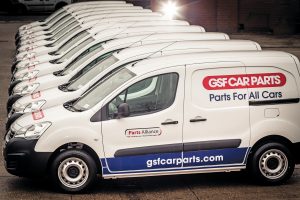
One solution is the double cab or dual-cab pick-up. These, too, have seats behind the driver, but instead of an enclosed load space behind, there is usually a flatbed loading bay. As Thornley notes, “HMRC has accepted that if double-cab pick-ups meet the payload test, then it will apply the same treatment for benefit-in-kind purposes.”
Solutions
HMRC is clearly tightening up on tax loopholes, sometimes with the help of the judicial system. But it appears that there is a solution for firms who worry about the tax implications of private use of company vehicles as well as fuel efficiency – telematics.
A combination of ‘telecommunications’ and ‘informatics’, telematics allows the sending, receiving and storing of information relating to the use of remote objects
(in this case, a vehicle) via telecommunication devices.
As Derek Bryan, VP EMEA of Verizon Connect, says: “At the core of a telematics system is a vehicle-tracking device or black box installed in the vehicle. It collects GPS data as well as a huge range of vehicle-specific data, and transmits it to a central server that then interprets the data and
displays it to end users.”
Nicola de Mattia, CEO at Targa Telematics, adds more. He explains that telematics seeks a “consistent reduction of the total cost of ownership”, and that “it aims to enhance the efficiency of the vehicles”.
Devices collect data on, for example, location, speed, idling time, harsh acceleration or braking, fuel consumption and vehicle faults, along with other vehicle-usage metrics.
“Telematics can be installed and run on a contractual basis,” says Bryan. He continues: “All users need is a computer that can connect to the internet running a modern browser. From there, the cost of vehicle tracking can be spread out
over a period of time.”
As for cost, de Mattia says that it “can vary significantly from a few pounds monthly to some tens monthly.” But that, he says, will be offset by a “reduction in waste by up to 20%, as well as being able to evaluate return on investment”.
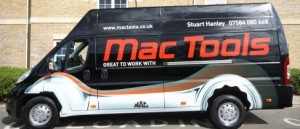
A natural question to pose is whether telematics works for small numbers of vehicles?
Bryan replies: “Many small fleets view fleet management systems as something reserved for larger national or even international operations, but GPS systems can still help smaller fleets identify whether their limited resource is working as it should.”
More benefits
As for other benefits of telematics, on top of being able to note where and when a vehicle is being used – so as to satisfy HMRC requirements – Bryan points also to field service-related businesses gaining greater operational visibility of how jobs are completed. He says: “This will allow them to identify negative behaviour, implement management and escalate issues”. Simply, monitoring driving styles can reduce fuel use and lower the chance of
an insurance claim.
But de Mattia adds another consideration. He tells how “technology is transforming mobility from proper ownership to a more convenient version of the service. In the past it was essential to own a car, but nowadays vehicles can be more sustainable and convenient”.
He cites Targa Best Choice, which “analyses entire fleets to identify savings opportunities in costs and environmental impact, and evaluates the cars that are candidates for replacement with EVs”.
Employees may be worried about privacy, but they shouldn’t be; there is an expectation of being monitored in the workplace. But technology isn’t always the demon it’s made out to be. On this, de Mattia points to Targa Telematics’ Targa Lite, launched last April, which “monitors the vehicles of employees, while respecting their privacy.”
He adds that “Targa Lite monitors costs not usually accounted for, and waste related to fleet use, to efficiently manage refuelling and to optimise fleet maintenance costs – all with
no need for geolocation.”
Developments on the way
As to the future, Bryan forecasts that telematics will focus “on connecting all assets and products down to the component level to enable better performance and safer operation of new vehicles. This will allow businesses to reach better fuel efficiency levels and manage performance based on more specific criteria, such as the type of load being hauled.”
And of course, 5G cellular connectivity will enhance the communication capabilities of connected vehicles so that faster transmission of vehicle-related data will be possible.

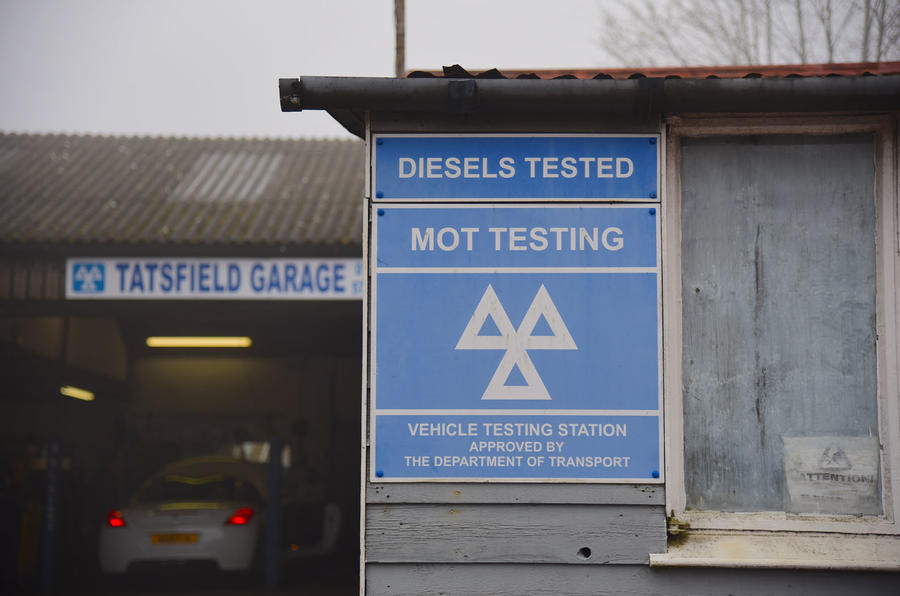
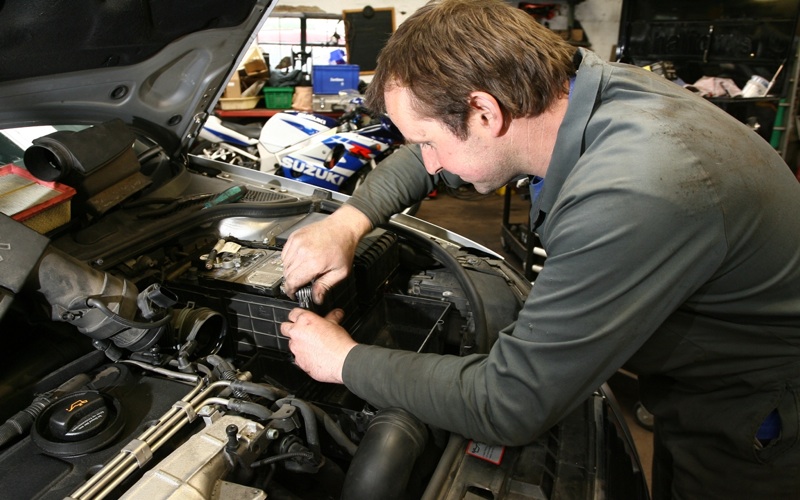

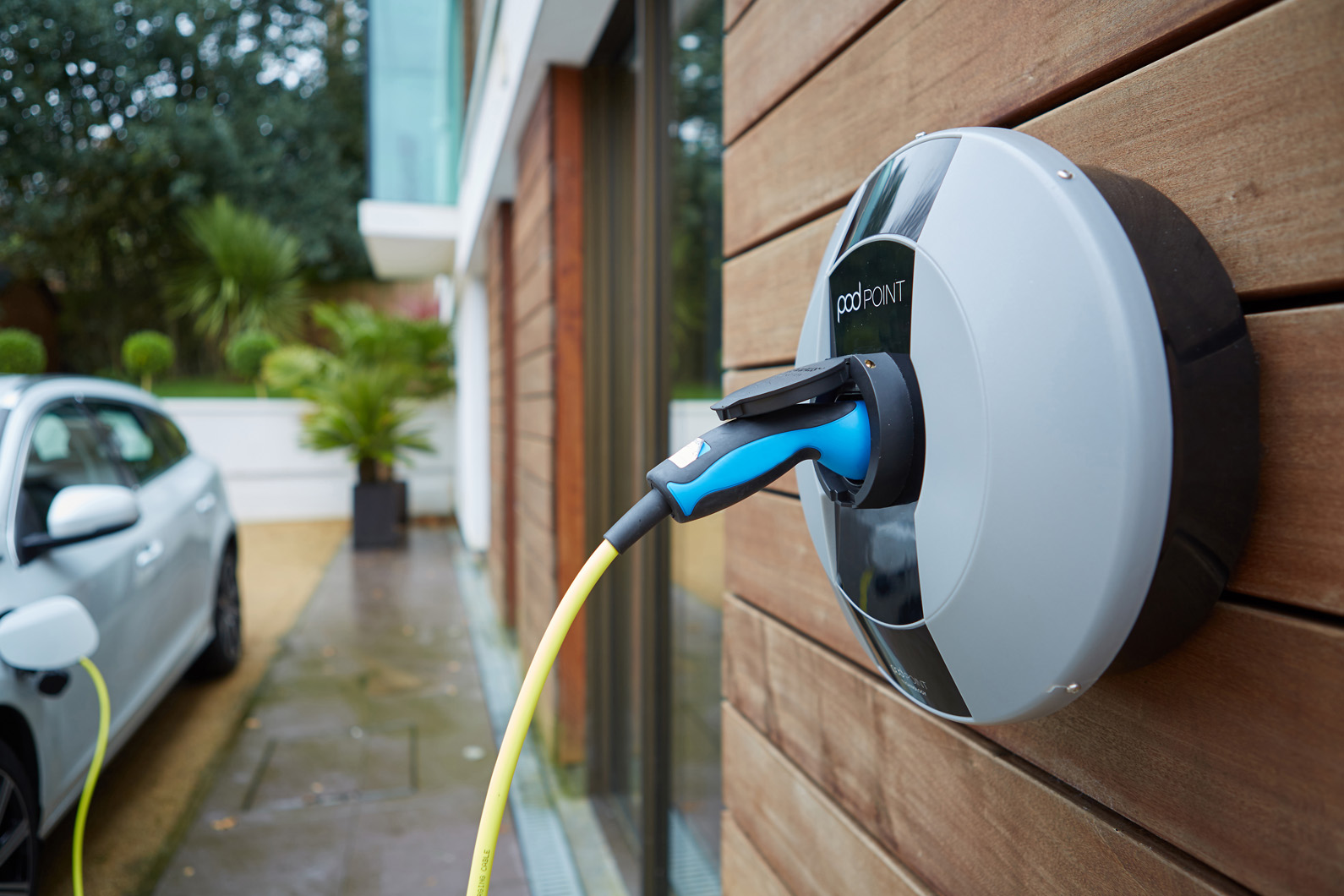






Go to comments